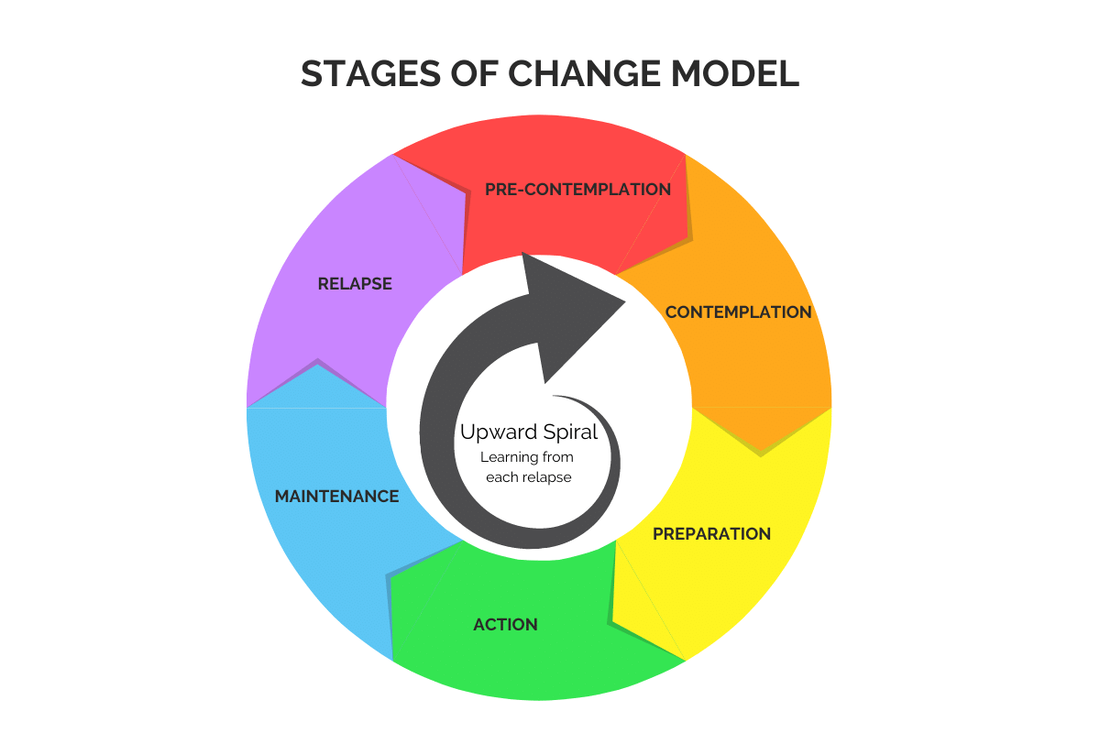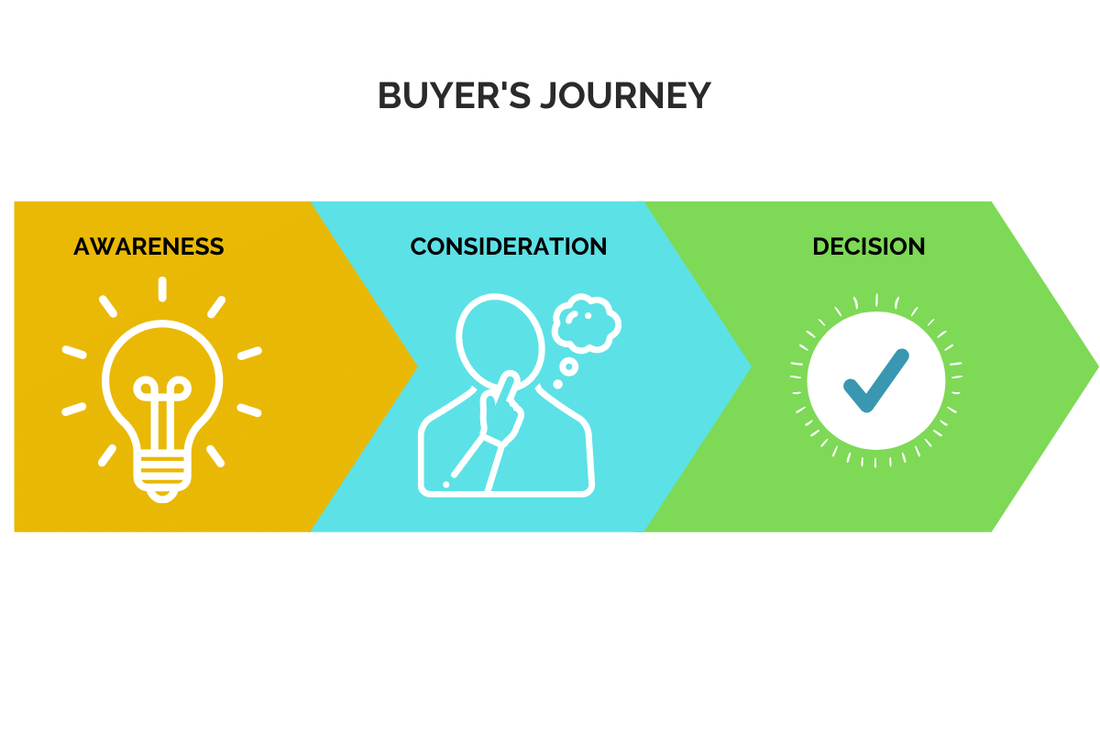How To Motivate Patients With Depression To Take Action
For many mental health clinicians, the most challenging part of serving individuals affected by depression is motivating them to take action.
Effective marketing should result in conversions or, in the case of mental health professionals, new patient appointments. But when one of the characteristic features of depression is a lack of motivation, it can feel like pulling teeth to get patients with depression in the door.
It is a therapist's job to help people do the work to change. But your work does not start or end there.
Your marketing strategy needs to motivate individuals to want to change and keep them motivated throughout the process of changing. In other words, you need to motivate patients to take action. However, that does not simply mean going to therapy the first time; it means motivating them to keep coming back, week after week, and to believe in the possibility of change.
As someone who wants to help people affected by depression, you are undoubtedly frustrated by the process of marketing to individuals who might struggle with the motivation. After all, how can you help someone with depression if you can't get them to come to your office? Even the most effective mental health marketers struggle with initiating behavior change. Humans are creatures of habit, and depression is an illness that affects and is shaped by habits.
The Stages of Change Model is a psychological concept you are probably familiar with since it's useful in treating individuals with mental health concerns. However, you can also apply the psychology of behavior change to marketing to help motivate patients — even patients with depression — to come to therapy and to keep coming back!
The Stages of Change Model
The Transtheoretical Model — or, more simply, the Stages of Change Model — was developed in the 1970s to explain why some smokers are able to quit on their own while others struggle to quit. Psychologists quickly realized that this model could also apply to individuals facing other problems in their lives, such as self-destructive or other behaviors caused by mental illness.
The Stages of Change Model defines five steps that people move through on their way to permanent behavior change:
Precontemplation: People in this phase are not thinking about changing within the next six months. They may be unaware of the negative consequences of their behavior, including how it affects others in their lives.
Contemplation: At this stage, people intend to make a change within the next six months. They start to recognize their behavior as problematic and weigh the pros and cons of behavior change.
Preparation: People in the preparation phase are getting ready to make a change within the next 30 days. They believe behavior change will have a positive effect on their lives and are ready to make small changes.
Action: In this change, people have taken the first step toward changing their behavior (within the past six months) and are ready to keep moving toward change. This is the stage where much of the work happens in therapy: when patients acquire new coping skills and modify problem behaviors.
Maintenance: At this stage, people have made changes within the past six months and intend to maintain them. During this stage, therapists help patients plan for relapse prevention to prevent regressing to earlier stages of the model.
Rather than a straight arrow, it is helpful to think of this model as a loop. People in the maintenance phase may relapse, returning to their previous unhealthy behaviors and bringing them back to the pre-contemplation phase. Or, people may lose motivation and exit at the preparation phase, only to re-enter the loop when they regain their motivation.
The Stages of Change Model and the Buyer's Journey
If you know anything about marketing, this model may sound familiar to you. That is because the Stages of Change Model is deeply similar to the Buyer's Journey. In the Buyer's Journey, each stage brings the customer closer to a behavior change, namely purchasing a product or service. Furthermore, a customer, like a therapy client, can come to you (or abandon you) at any stage of the process.
By applying the logic of the Buyer's Journey to the Stages of Change Model, we can see that it's important for a therapist's marketing strategy to address people at multiple stages of change, ranging from pre-contemplation to maintenance. And, when people come to you at an early stage, as in the Consideration Stage of the Buyer's Journey, it's your job to motivate them to get from where they are now to the Action (or Decision) Phase and beyond.
Strategies for Initiating Behavior Change
Using the Stages of Change Model, we can define behavior change as the process of moving from pre-contemplation to maintenance. For someone with depression, getting from contemplation to action may be the most difficult transition in this process since it requires the motivation to take concrete action from a person with a disease that steals their motivation.
Thus, as a therapist, your marketing strategy should cater to people at all stages of change while zeroing in on the Contemplation, Preparation, and Action phases. Your end goal is to motivate the client to take a specific action: contacting you to schedule an appointment. In terms of the Buyer's Journey, these can also be thought of as the Awareness, Consideration, and Decision stages.
Your goal is to get the client from Contemplation/Awareness, when they are thinking about going to therapy, to Preparation/Consideration, when they are looking into different therapists, to Action/Decision, when they are actually reaching out to and seeing a therapist. And, as a therapist looking to motivate patients with depression, there are a few psychologically-sound strategies you can use to get potential clients there.
1. Teach Behavioral Activation
When your target client has depression, it isn't enough to show them the positive effects of behavior change. People with depression often come to you having heard false promises before. As a result, they may have a healthy skepticism that therapy won't work or that they can't be helped.
Someone with depression is looking to be convinced of the efficacy of treatment and that they aren't a lost cause throughout the entirety of the ongoing process of therapy. One way to do this is by creating content for your target client around the subject of behavioral activation.
Behavioral activation is a scientifically proven strategy for treating depression. Most importantly, however, behavioral activation accounts for the fact that behavior change doesn't always feel good and emphasizes the importance of "doing it anyway," even when you don't feel like it.
Psychoeducation about behavioral activation does an important job in convincing your target client of the efficacy of treatment: it directly addresses their skepticism. It explains why other attempts at therapy may have felt like they weren't working in the past and reassures the client that behavior change can be successful even when it feels bad or they have doubts.
2. Encourage Self-Liberation
Self-liberation is all about seeing the possibilities — and believing behavior change is possible — even when previous attempts have ended in abandonment or relapse. Because depression causes low self-esteem, it is common for clients to believe they aren't capable of change. They may acknowledge that therapy can be helpful for others, but they still believe that they are the exception to the rule.
Whatever the reasoning — whether it's "I'm not good enough" or "I don't have it in me" — the result is the same: paralysis. Clients become stuck in the same stage of the model, much like a hamster in a wheel, unable to progress to the next stage because of a lack of self-confidence and motivation. If you want them to move from Contemplation to Action, much of the content you create should focus on helping them overcome this hurdle.
But what, exactly, does that look like? The most important thing you can do is to make change appear simple and approachable.
This means you should:
Brand yourself as a human being first and therapist second rather than letting your clinical expertise take over your content.
Eliminate excessive steps to accessing treatment. Allow patients to schedule consultations and appointments online, rather than forcing them to call or email.
Whenever possible, make forms short and sweet and don't ask clients to complete pages upon pages of paperwork before the first appointment. Eliminating these hurdles makes change feel attainable and gives the client a sense of hope and accomplishment when they are able to do what they were asked.
3. Use Destigmatizing Language
If you want clients with depression to work with you, it is essential to be sensitive to the challenges they face when they decide to start therapy. For example, therapy for someone experiencing depression is rarely, if ever, as simple as walking into the office and sitting down to chat. In America, our individualistic society still believes that people with depression should be able to "pick ourselves up by the bootstraps" and "push through it" when they don't feel like going on. Unsupportive friends and family members may serve as obstacles to progress, especially if the client comes from a race or culture that does not believe in therapy or value mental health.
Most therapists already know to be patient and encouraging with their clients during sessions, but they may not be conscious of the small mistakes they make in their marketing strategy that may turn patients with depression away.
Using insensitive language is a common example of an error that seems harmless but can feel intensely personal to someone with depression.
By using people-first language in your content, such as "a person with depression" rather than "a depressed person," you emphasize that the client is not defined by their disease.
Word choice especially matters when talking about suicide. Again, in person, we know that we don't want to mince our words with clients who may be suicidal, but it's easy to make mistakes when writing marketing copy or posting on social media. It's important to use phrases such as "died by suicide" instead of "committed suicide" to show clients that being suicidal is not a crime.
Reminder! Always include the link and number to the National Suicide Prevention Lifeline (1-800-273-8255) every time you post content that refers to or deals with suicide.
Sharing Your Experiences & Building Trust
You can also help destigmatize mental illness and seeking help by including self-disclosure in your marketing content as you see fit.
Sometimes, the simple act of sharing your own struggles is enough to motivate others to take action. Seeing a therapist, of all people, be open about their personal issues can inspire potential clients to own their burdens and say, "I have depression, and I need help." Your experience may be the thing that finally convinces a potential new client to walk in your door, even when they are uncertain about what comes next.
By utilizing these tips when creating your marketing strategy and content, you can build trust between you and a potential new client before they even walk in the door. And as a therapist, you don't need me to tell you how important the trust between client and therapist is to initiating behavior change. If you are careful not to perpetuate stigma through your content, it shows the client that they have nothing to be ashamed of and encourages them to seek help or speak out.




